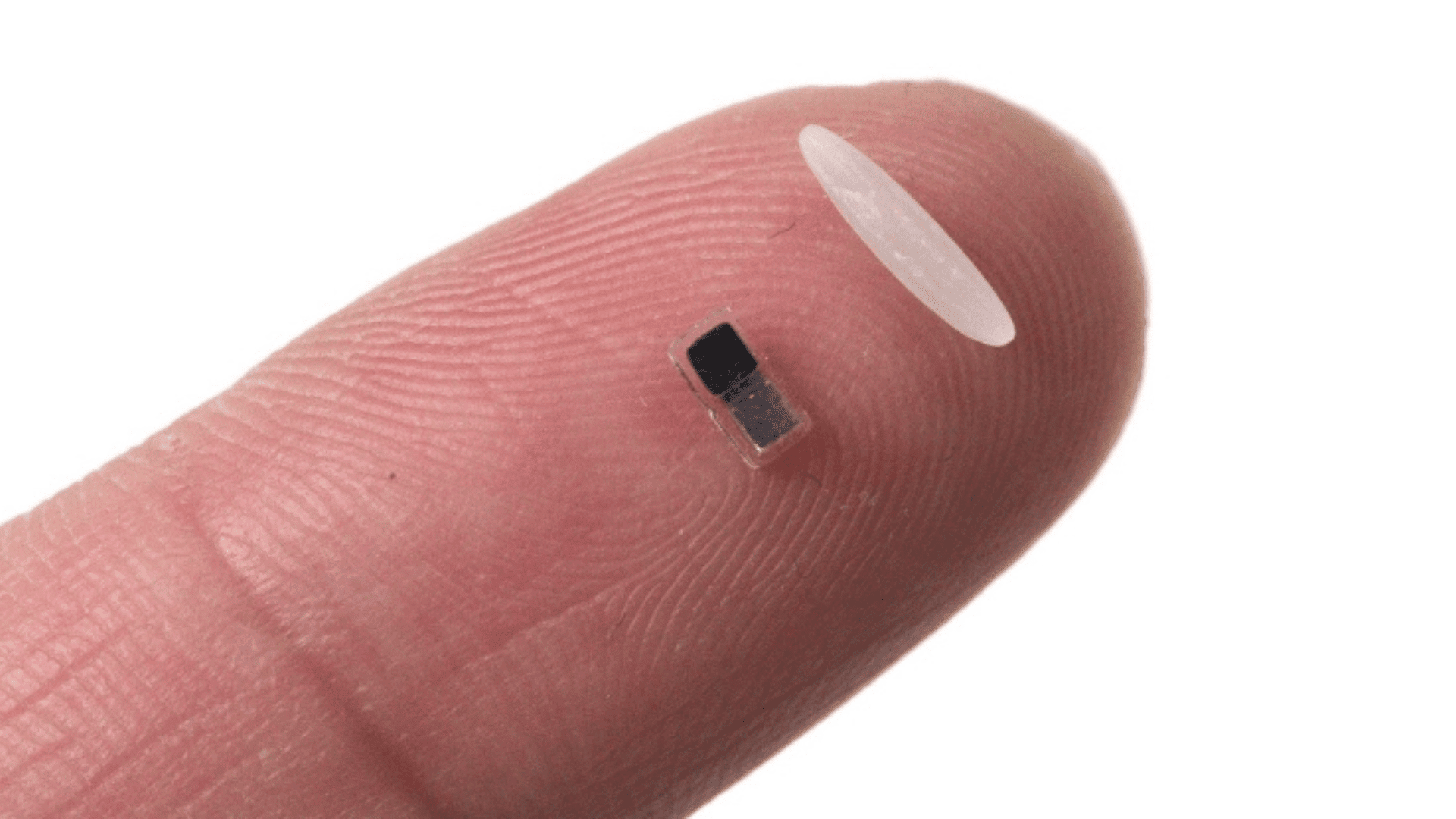Scientists announced the development of the world’s tiniest pacemaker – a temporary heartbeat regulator that’s wireless and smaller than a grain of rice.
Wireless and Compact

The new device can be injected and controlled by light before dissolving. Though we’re still years away from human trials, the wireless pacemaker is a step toward new advances in medicine.
Permanent pacemakers, which are designed to stimulate hearts with electrical pulses, are used by millions of people worldwide. The US-led team of researchers that created the device said they were inspired by the one percent of children born with congenital heart defects who require a temporary pacemaker in the week after surgery.
Temporary pacemakers currently require surgery to attach electrodes to heart muscles, with wires connecting to a powered device on the patient’s chest. After the patient no longer needs the pacemaker, doctors and nurses remove the wires in a process that can sometimes be damaging.
The new design is appealing because it’s both wireless and compact at just one millimeter thick and 3.5 millimeters long, making it small enough to fit in the tip of a syringe. It’s also engineered to dissolve into the body after its use, which would help patients avoid invasive surgery.
According to a study describing the device, the pacemaker pairs with a soft patch worn on the patient’s chest. If the patch detects irregular heartbeats, an automatic light will flash that relays to the pacemaker which heartbeat it should stimulate.
The tiny pacemaker uses the body’s fluids to convert chemical energy into electrical impulses that stimulate the heart. The device has shown success in tests with mice, rats, pigs, dogs, and human heart tissue in the lab.
Senior study author John Rogers of Northwestern University in the United States told AFP he approximates the pacemaker could be human-tested in two to three years, adding that his lab is launching a start-up to pursue this goal.
“This new pacemaker is a transformative breakthrough in medical technology,” he told AFP.
“It’s a paradigm shift in temporary pacing and bioelectronic medicine, opening up possibilities far beyond cardiology – including nerve regeneration, wound healing and integrated smart implants.”







